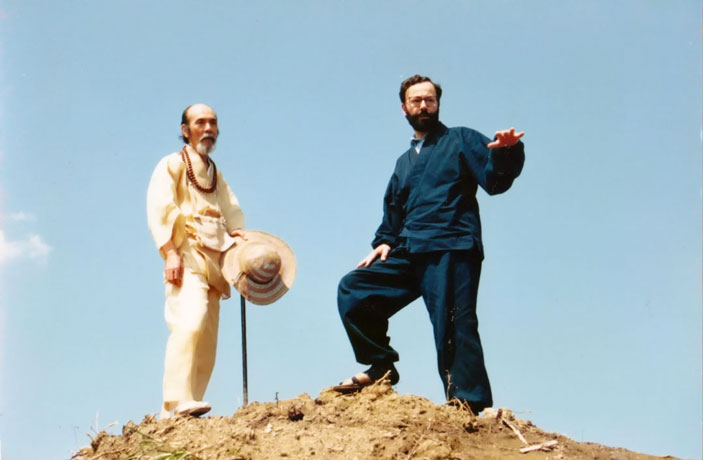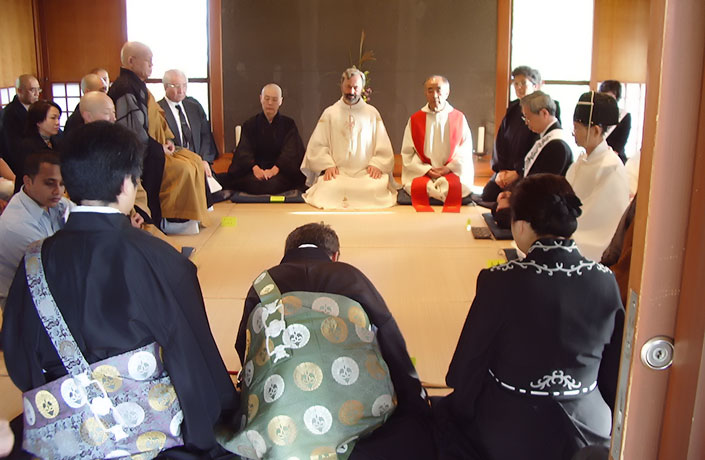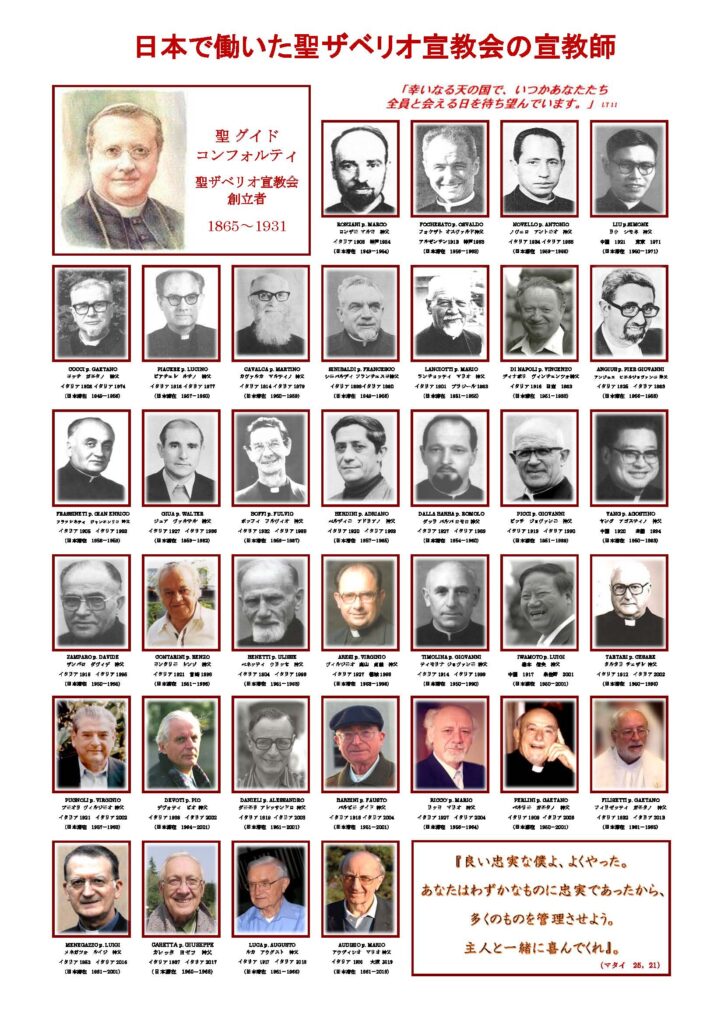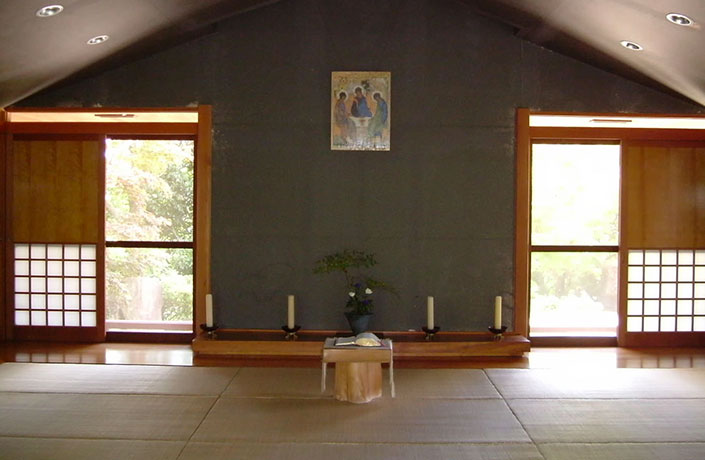For More Than 70 Years, the Xaverian Missionaries Share Faith in Japan
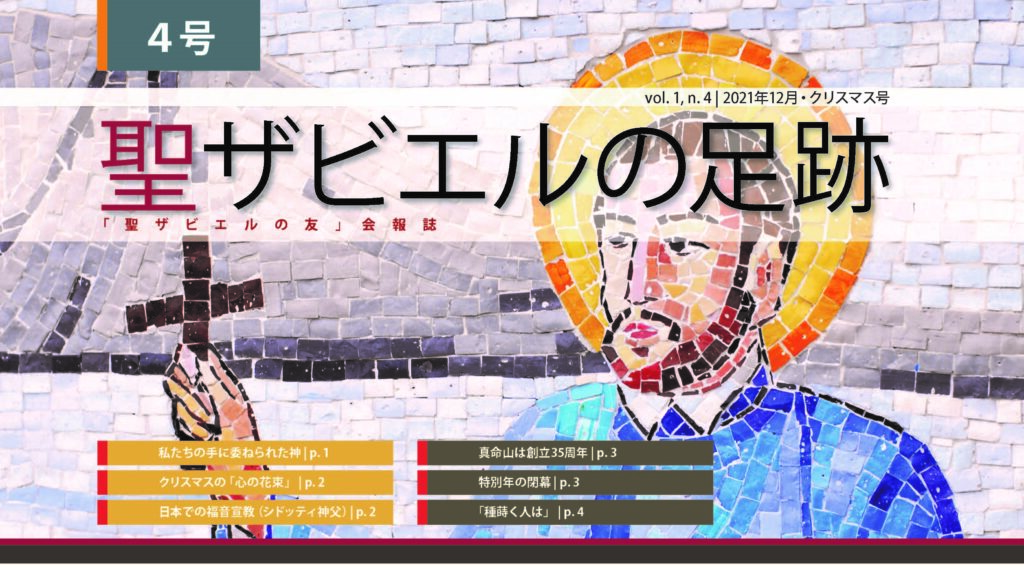
In January 1949, the Xaverian Missionaries contacted the Pope’s envoy in Japan, stating that the situation is becoming more untenable for our missionary efforts in China as they were being expelled from the country. With young missionaries being prepared to leave for the missions, alternative missionary sites were sought in Japan, Southeast Asia, and Africa.
Bishop Tuguchi of Kobe accepted the first three Xaverian missionaries to build a parish in Kishiwada in December of 1949. It was only a small chapel in the corner of a park, but would eventually become a new parish and a jumping-off point to create six other parish communities in various parts of the country in the following years. From 1949 to the present many missionaries came to Japan and spent their lives for the Church of Japan. Below is a profile of Xaverian Missionaries who served in Japan and who have passed away.
The Beginnings
Kyushu Island, the third-largest island of Japan’s five main islands and the most southerly of the four largest islands was the center of the first parish communities of the Xaverian Missionaries were established. They included Nobeoka, Takanabe, West Capital, and Hyuga between 1951 to 1957. In later years a parish was also built in Osaka and Kyoto.
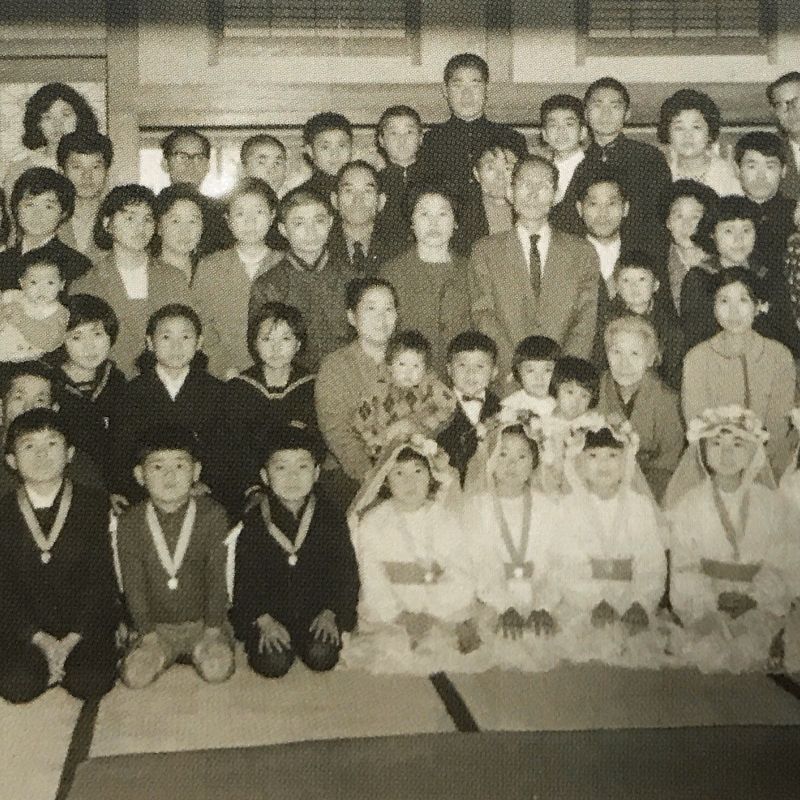
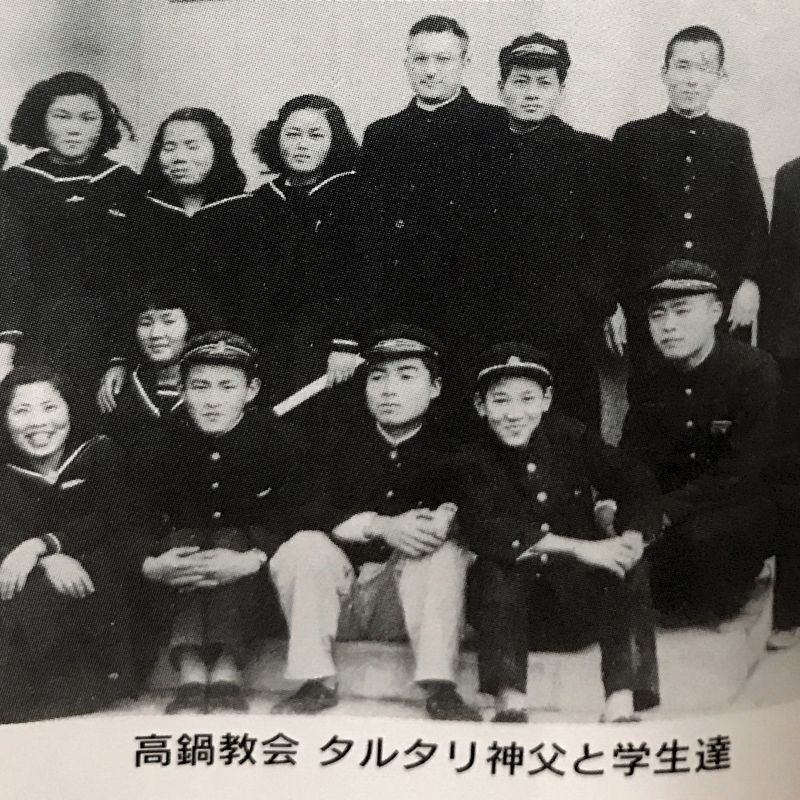
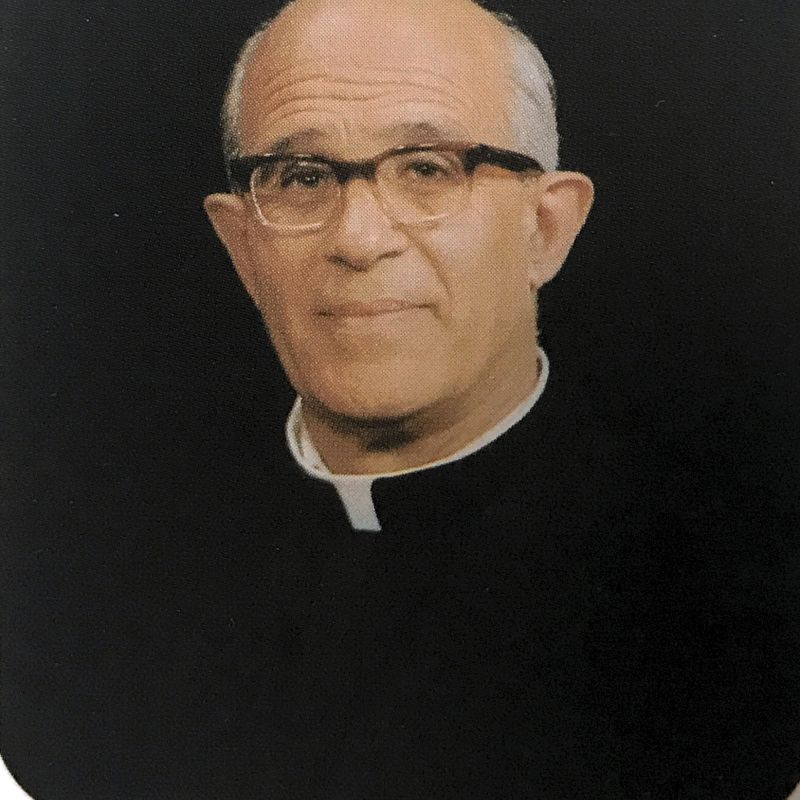
Shinmeizen Interreligious Meditation Center
Surrounded by the greenery and tranquility of the mountains of Wasui town, the Shinmeizan Center for interreligious dialogue and spiritual exchange stands quietly. Far west, you can see the active volcano Unzen of the Ariake sea and the Shimabara peninsula. Shinmeizan Center is trying to play a part in promoting Christian spiritual Japanese culture and religious dialogue, valuing Japanese classical culture. Specifically, “nature”, which is a place of meeting God, “tranquility”, which is a condition for hearing God’s word, and “hospitality” and “dialogue” that welcome people with faiths of other religions as brothers are important features of spirituality here. In the spirit of Vatican II, they invite us to begin the “dialogue of the salvation of all peoples” and with the guidance of the Church, the center is trying to promote religious dialogue in various areas.
